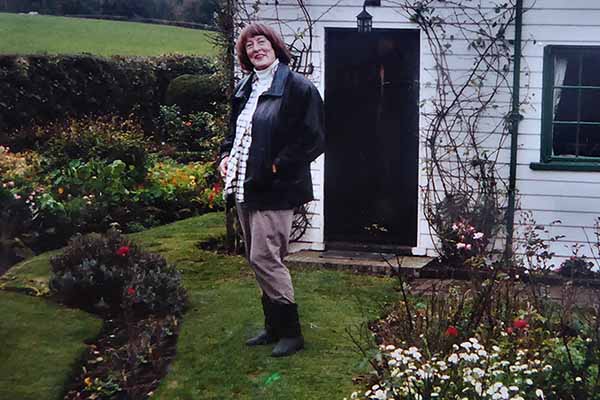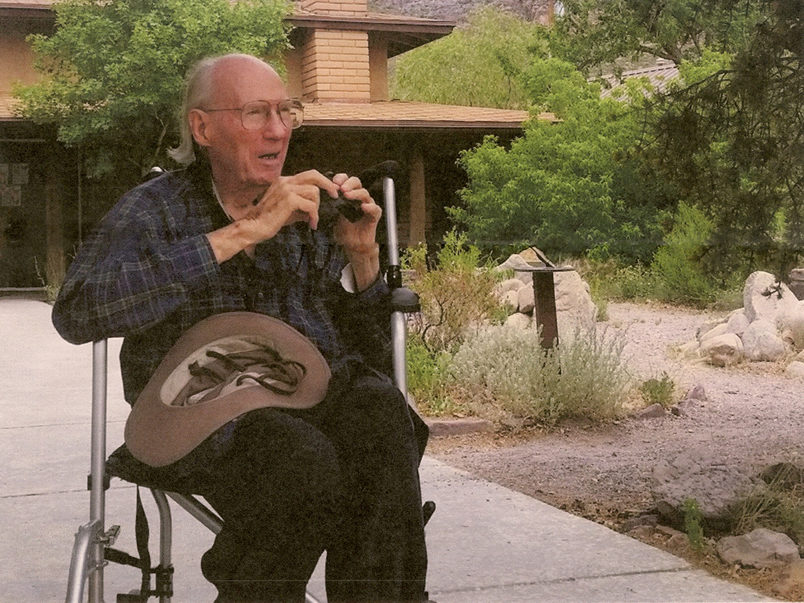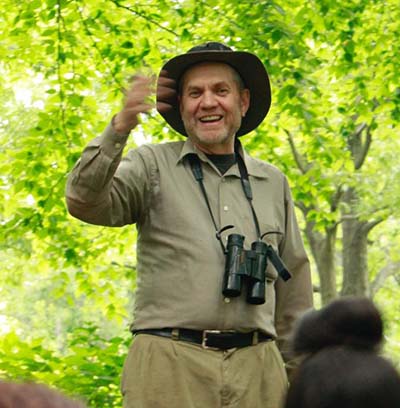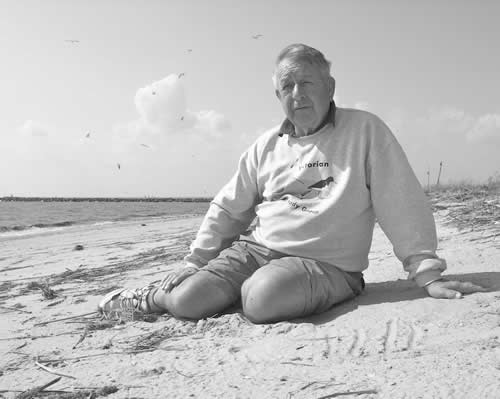Mickey Maxwell Cohen, 1927-2021
The Linnaean Society of New York fondly remembers legendary local naturalist and educator Mickey Maxwell Cohen, who received the Society’s Natural History Award in 2012. He passed away at the end of December at the age of 94. Mickey was an educator, a naturalist, an environmentalist, a civil rights activist, and an intellectual, in addition to being expert in antique restoration, ornithology, marine life, and foraging wild foods.
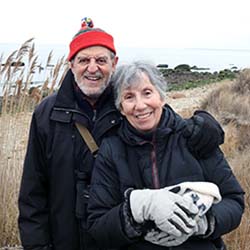
Mickey was instrumental in the concept design for Beach Channel High School—a NYC high school on the shores of Jamaica Bay in Queens, NY, that was intended to integrate marine studies into every subject taught. He served as assistant principal and chair of science and oceanography, and throughout his career received numerous scientific and teaching awards.
He also served as chief scientist and much-loved naturalist for the Littoral Society in New York. For over 40 years, Mickey and Don Riepe, a long-term member of the Linnaean Society of New York, led natural history trips for the Littoral Society to places near and far, including Montauk, Chincoteague, Costa Rica, Africa, Cape Ann, the Galapagos, and one of his favorite local haunts, Dead Horse Bay in Jamaica Bay. His favorite place of all was perhaps the Galapagos Islands, which he visited over 20 times. He was always willing to share his wide knowledge with everyone.
His love of nature and natural history has inspired several generations to follow in his footsteps by becoming outdoor enthusiasts, environmental protectors, and nature lovers. He will be greatly missed by many people.
— Don Riepe and Ruth Hart


